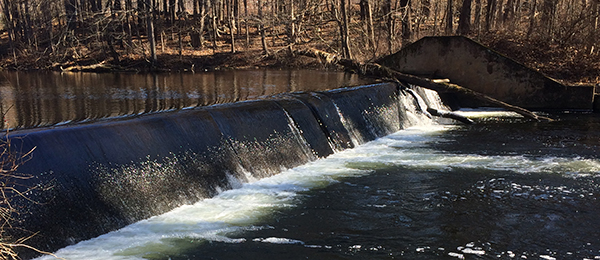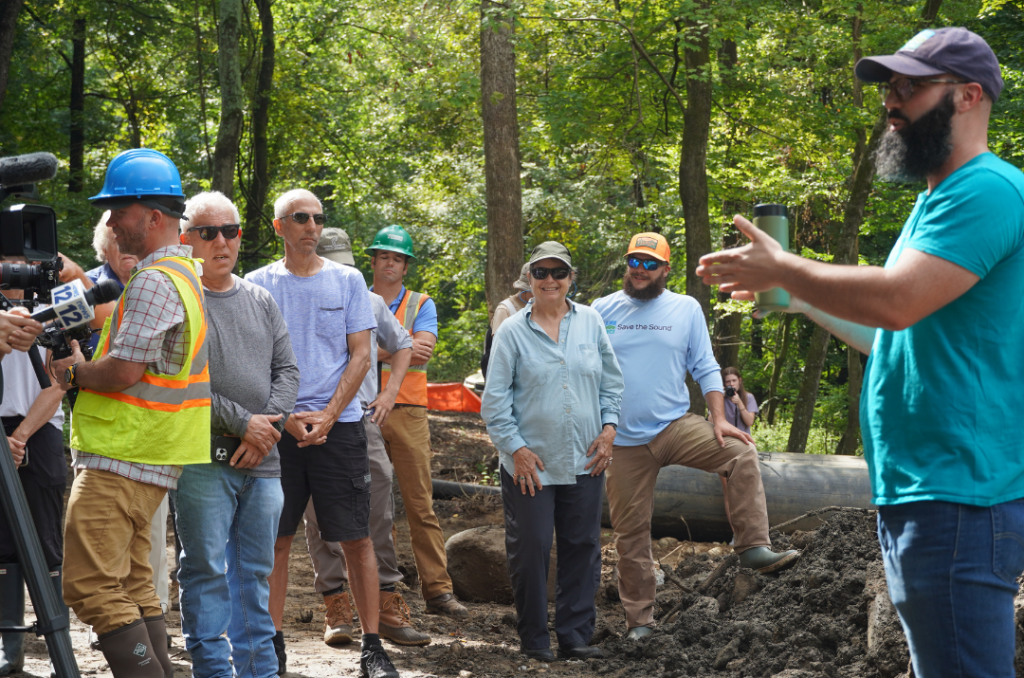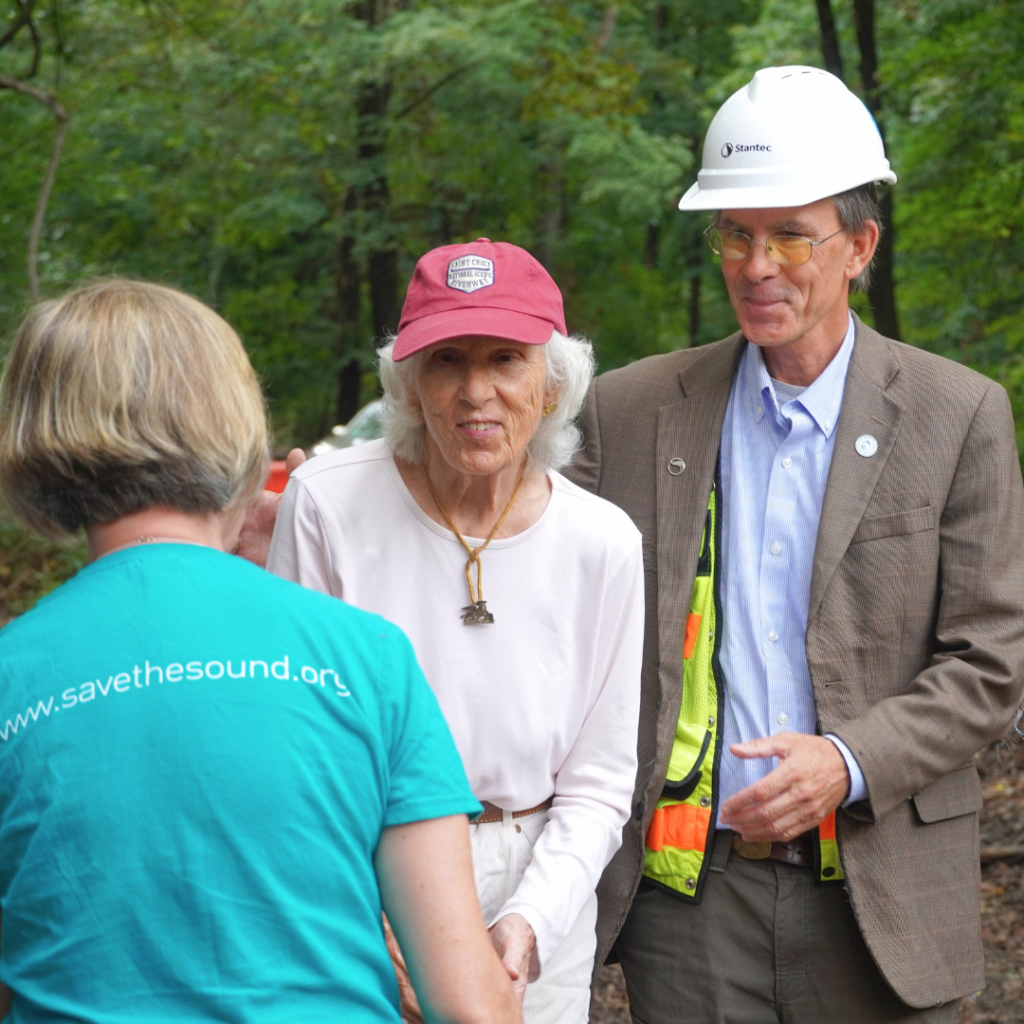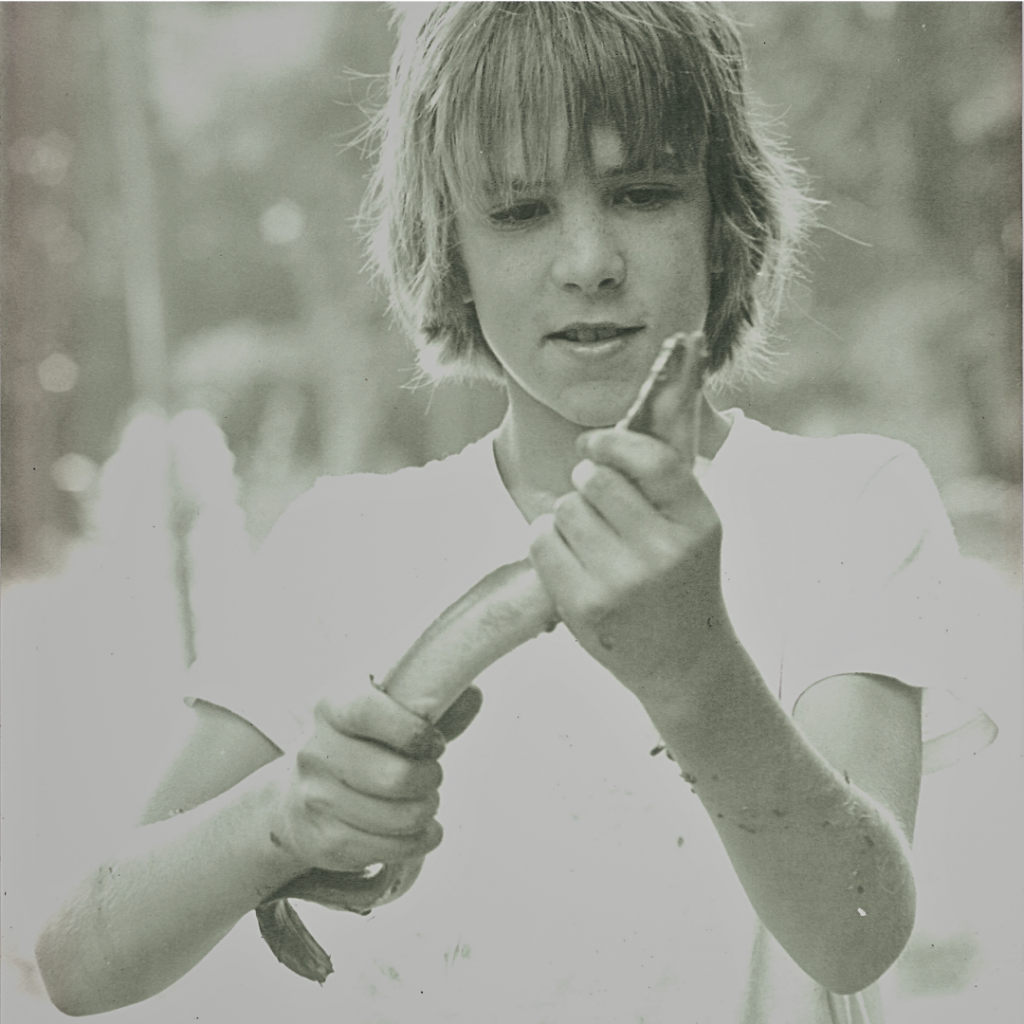Dana Dam (also known as Strong Pond Dam) in Wilton, CT was built by Charles Dana in the early 1940s to create an ice-skating and swimming pond for his grandchildren. While trying to connect his family with the Norwalk River in this way seemed harmless—even laudatory—at that time, unintended consequences soon followed. The dam, sitting at only about six feet tall, had an impact disproportionate to its size. For 80 years, the dam Charles Dana built slowed water flow, increased water temperatures, and submerged the natural floodplain of the river. As other dams on the Norwalk River were removed, it eventually became the first barrier upstream of Long Island Sound, blocking passage for migrating fish such as alewife, blueback herring, lamprey, and eel in their search for suitable habitat to reproduce. Dana Dam and each of the 5,000-plus dams in Connecticut disrupt the natural functions of a free-flowing river and cause cascading ecological consequences in the landscape.

At the turn of the century, many local restoration and conservation organizations began advocating for the removal of Dana Dam. After fits and starts, Save the Sound took over management of the project in 2018. This May, over twenty years after that work began, Save the Sound, the Town of Wilton, and project partners including the Connecticut Department of Energy and Environmental Protection, Trout Unlimited, and the Norwalk River Watershed Association put the first notch in Dana Dam to draw water levels down to levels safe for construction. The final removal of the structure occurred the week of September 11, 2023, officially reconnecting 10 miles of river habitat.
Donors, stakeholders, and project partners attended each event to witness these major milestones in the larger effort to restore the tributaries of Long Island Sound.
What many people do not realize is that the process of removing a structure is not as simple nor as dramatic as blowing it up with dynamite. It also does not happen in one day.
“Since I started working at Save the Sound four years ago, the removal of Dana Dam has been my highest priority project,” says Alex Krofta, ecological restoration project manager. “The removal was designed to occur in phases that took place over the course of about eight months once construction started. We first had to clear trees to create an access road for the excavators and other equipment that would remove the structure. We then had to reconstruct the channel of the river upstream to prevent any erosion to the adjacent railroad embankment. We excavated the new channel, then installed engineered riffles (like small rocky ‘rapids’) and rock-armored banks that mimic natural river habitat. It wasn’t until each piece was in place that we demolished and removed the concrete structure itself.”

It takes a lot of work to remove a dam, so why were they built in the first place? While Dana Dam is an exception, many dams in New England were built for one reason—power.
Once, hydropower supported mills of all sorts and the dams that allowed for that kind of power generation were deemed essential. Now, however, most of the dams in Connecticut and the Long Island Sound watershed that were built for power generation (and most of the dams that were built for other reasons, like Dana Dam) no longer serve a purpose. Exposed to the elements, over time these dams begin to fall apart, and without proper maintenance become a safety hazard to communities both upstream and downstream.
As storms increase in both frequency and intensity, aging dams present hazards as they may breach or exacerbate flooding during heavy rain events. It’s extremely costly for dam owners and municipalities to maintain a dam that serves no purpose. By removing the dam, we are not only providing a myriad of ecological benefits, but also decreasing liability for the dam owner associated with public safety, dam failure, flood risk, or damage to essential infrastructure downstream.
Dana Dam’s removal decreased hazards of all types, both those posing a risk to human safety and those posing a risk to populations of diadromous fish. Diadromous fish are those that live their adult lives in the open ocean and then make their way up freshwater rivers to spawn, or vice versa. Access to these blue highways is essential for fish such as river herring and American eel to complete their lifecycle.
“I grew up playing and fishing in the Norwalk River and Comstock Brook in Wilton,” says Michael Chelminski, senior engineer at Stantec, the contracted engineering firm for the project. “These waterways captured my imagination, and Dana Dam was a spooky and imposing mass of concrete that created an impoundment with very few fish. I am so proud of this work and dedication from many people that now provides diadromous fish access to the Norwalk River upstream from the former location of Dana Dam.”
Removing dams provides habitat connectivity not only for diadromous fish but also for resident species such as brook trout.
“The removal of the Dana Dam is a massive win for the Norwalk’s wild and native trout population,” says Gerald Berrafati of Trout Unlimited, Mianus Chapter. “In August 2023, Trout Unlimited completed a major habitat restoration project on a half-mile stretch of the Norwalk River just upstream of the Dana Dam removal site. With the Dana Dam gone, trout can seek out this critical spawning and thermal refuge habitat.”
In addition to restoring healthy, connected habitats for fish to move freely up and down the Norwalk River, the removal of Dana Dam will now also contribute to the larger riverine functions that support multiple ecosystems. The impoundment (body of water trapped behind a dam) that used to sit behind the dam was stagnant, heating up in the sun and creating an environment perfect for algae overgrowth. That impoundment has now been converted back into a free-flowing river, creating a cleaner and healthier system for humans, fish, and wildlife. In the absence of the dam, sediment transported by the river can move freely, sustaining critical downstream marshes. The fish that can now find breeding and feeding grounds in the Norwalk River have a better chance of repopulating their own species as well as the others that rely on them.
When that is the outcome—healthier, free-flowing rivers and a more resilient Long Island Sound—20 years of effort seems to be worth every second.

Primary funding for this project has been provided by the U.S. Environmental Protection Agency Long Island Sound Study (LISS), administered by the Connecticut Department of Energy and Environmental Protection. Additional project funding has been provided by Congressionally Directed Spending sponsored by Representative Jim Himes (CT-4), the Jeniam Foundation, the Anne S. Richardson Fund, the U.S. Fish & Wildlife Service’s Atlantic Coastal Fish Habitat Partnership and National Fish Passage Program, the New Canaan Community Foundation, and the generosity of many individual donors.






